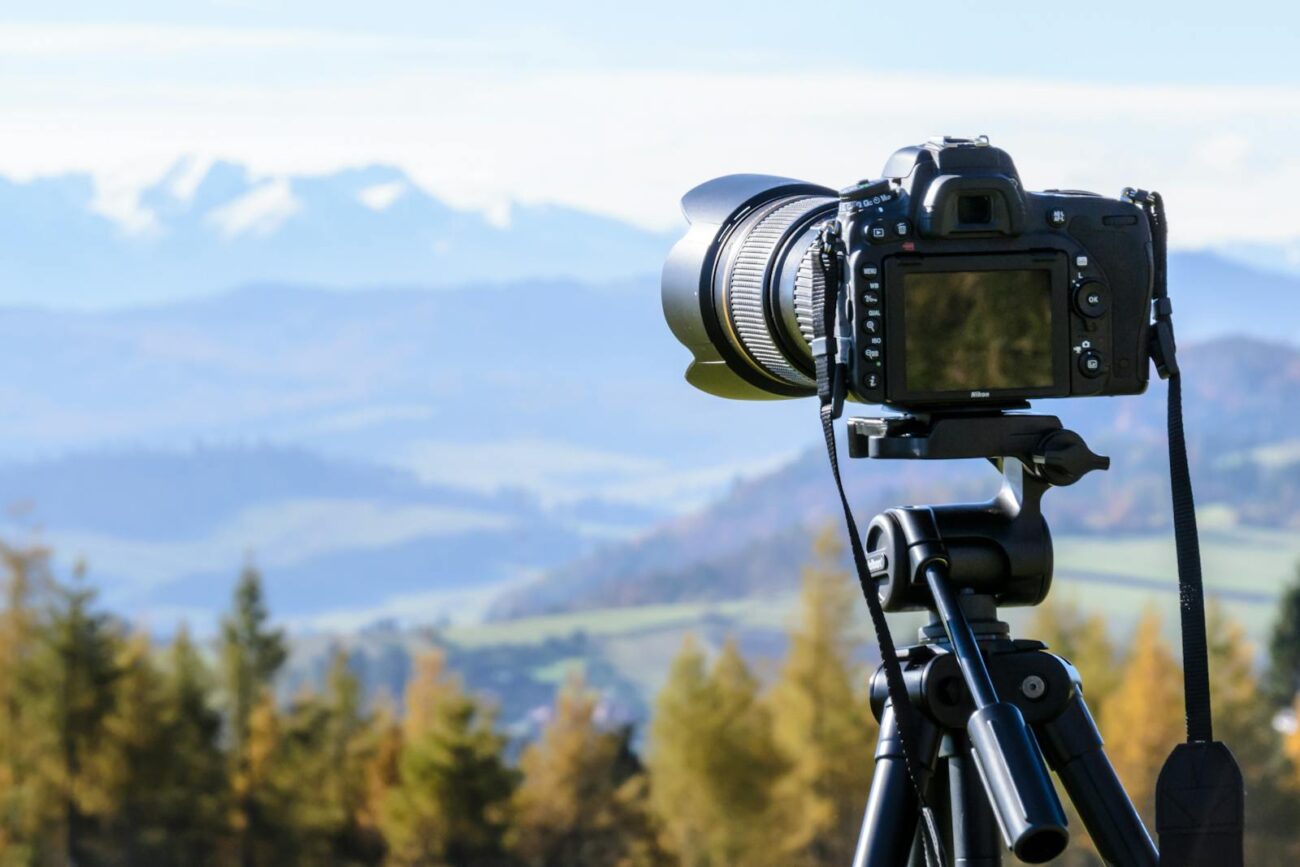The breathtaking beauty of nature surrounds us daily, yet capturing its essence through photography remains an art form that many aspire to master. Whether you’re wielding the latest smartphone or have invested in sophisticated DSLR equipment, the journey from casual snapshots to professional-quality nature photography is accessible to all passionate photographers. This comprehensive guide will walk you through essential techniques, equipment considerations, and creative approaches that transform ordinary nature shots into extraordinary visual stories.
By understanding fundamental principles and practicing consistently, you’ll develop the skills to document wildlife, landscapes, and macro subjects with the precision and artistic vision of a seasoned professional.
Understanding Your Equipment’s Capabilities
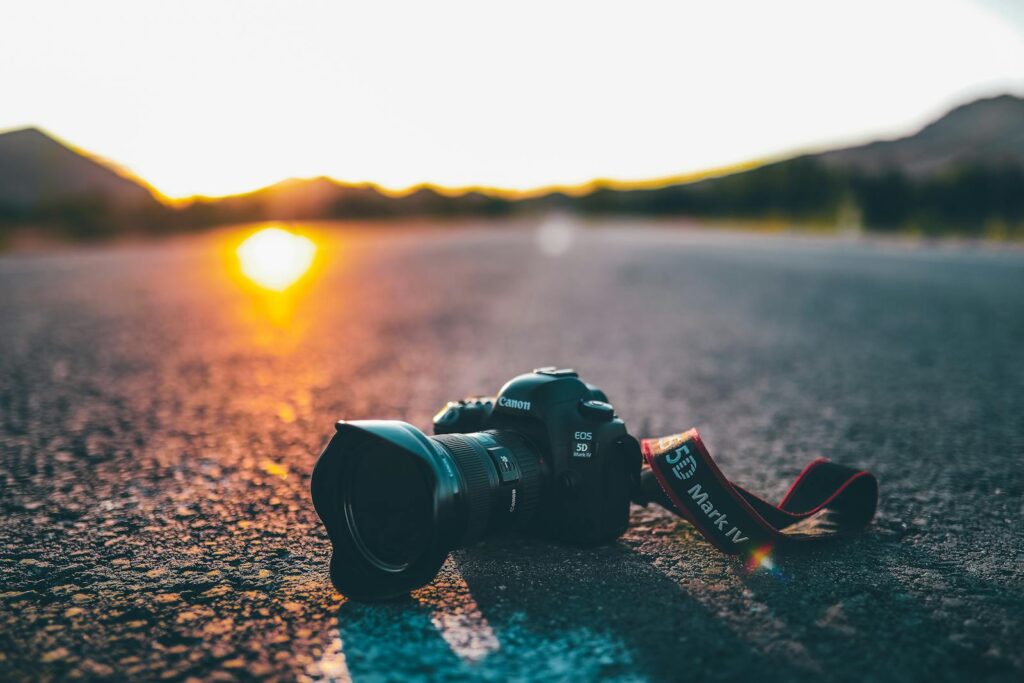
Before venturing into nature photography, it’s crucial to thoroughly understand what your current equipment can and cannot do. Smartphones excel in computational photography, offering impressive HDR capabilities and increasingly capable portrait modes that can create pleasing depth effects. DSLR and mirrorless cameras provide advantages in sensor size, interchangeable lenses, and manual controls that allow for greater creative flexibility in challenging lighting conditions. Regardless of your gear, learning its specific strengths helps you work within its limitations rather than fighting against them. For example, modern smartphones can produce stunning landscapes in good light but might struggle with fast-moving wildlife or extreme low-light scenarios where larger sensors shine.
Mastering Light for Nature Photography
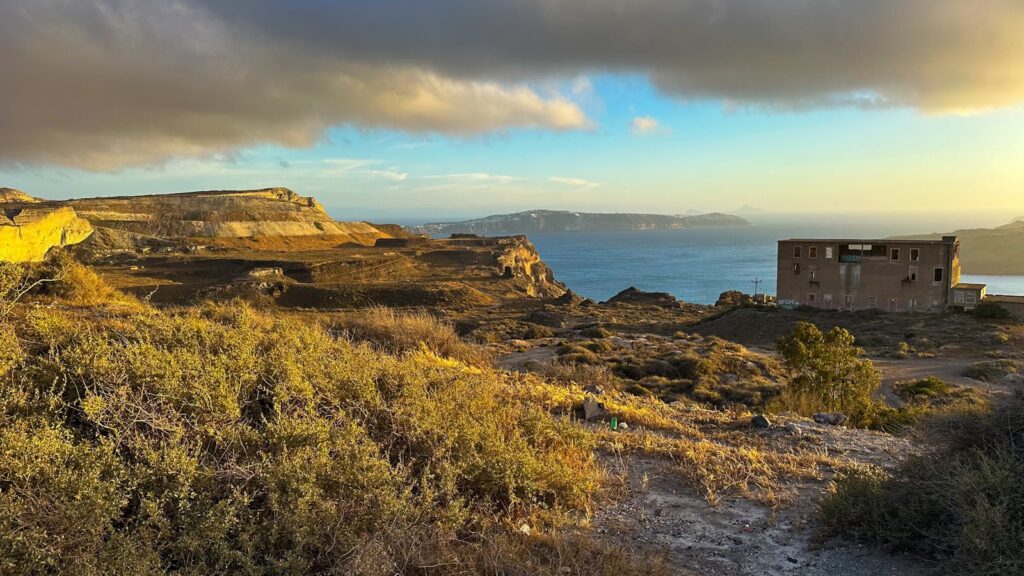
Light is perhaps the most critical element that separates amateur from professional nature photography. The golden hours—shortly after sunrise and before sunset—provide warm, directional light that adds dimension and emotion to landscapes and wildlife portraits. Cloudy days offer natural diffusion that’s perfect for capturing vibrant forest scenes and macro subjects without harsh shadows. Learning to recognize quality light and planning shoots accordingly will immediately improve your results, regardless of your equipment. Pay special attention to backlighting opportunities, where positioning subjects between your camera and the light source can create magical rim lighting effects that define edges and create atmosphere.
Composition Techniques for Impact
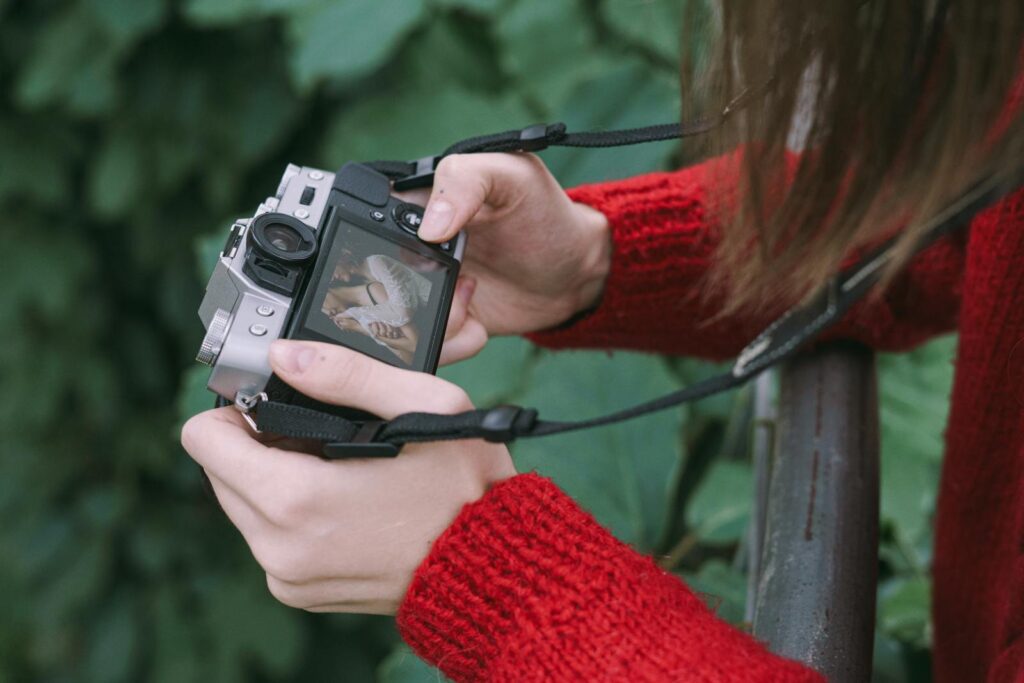
Strong composition transforms good nature photos into great ones by guiding the viewer’s eye through the frame in a deliberate way. The rule of thirds remains a foundational principle, placing key elements at the intersection points of an imaginary grid dividing your frame into thirds both horizontally and vertically. Leading lines—such as rivers, paths, or fallen trees—draw viewers into the scene and create depth. Framing techniques, where foreground elements like branches or rock formations surround your main subject, add context and dimension. Additionally, understanding negative space allows your subject to breathe within the frame, often creating more powerful images than tightly cropped alternatives.
Smartphone-Specific Nature Photography Tips

Modern smartphones offer impressive photography capabilities when used thoughtfully. To maximize your smartphone’s potential, utilize its Pro or Manual mode to control exposure, focus, and white balance rather than relying on automatic settings. Consider investing in clip-on lenses that expand your smartphone’s capabilities with macro, wide-angle, or telephoto options without breaking the bank. Use the phone’s burst mode when photographing wildlife or moving subjects to increase your chances of capturing the perfect moment. Additionally, third-party camera apps often provide RAW file capture, which preserves significantly more image data than standard JPEG files, giving you greater flexibility when editing your nature photographs later.
Transitioning to DSLR or Mirrorless Systems
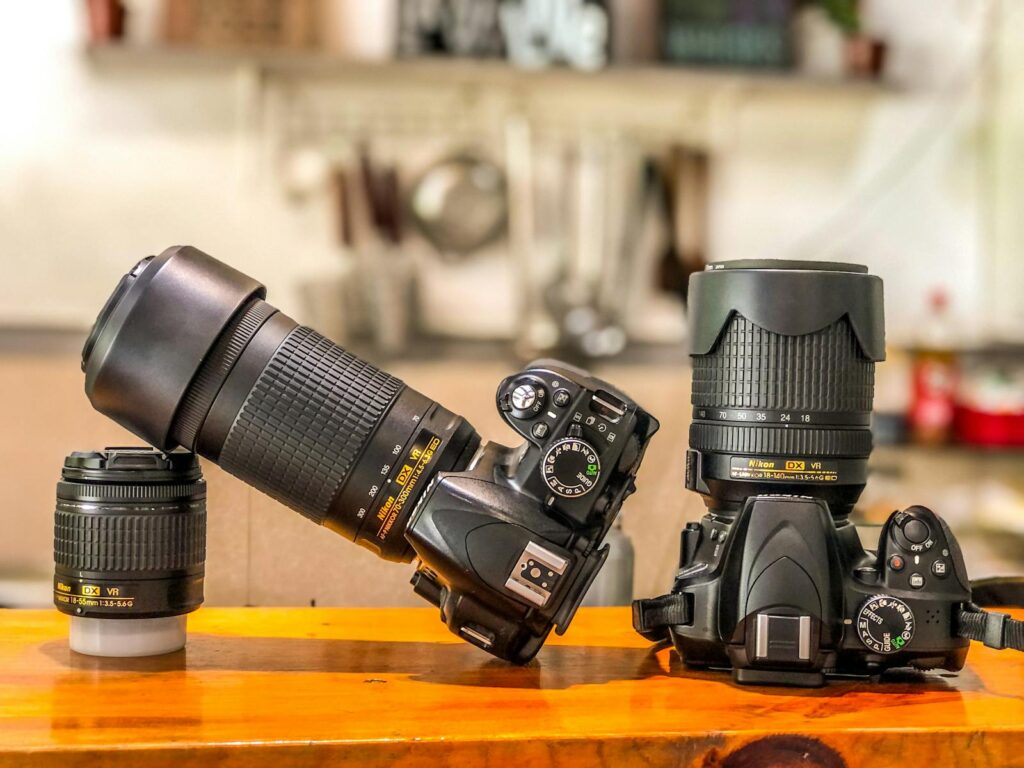
When you’re ready to move beyond smartphone photography, selecting the right interchangeable lens camera system requires careful consideration. Entry-level DSLR or mirrorless cameras offer tremendous value while providing the image quality advantages of larger sensors and lens options. Rather than focusing solely on megapixels, prioritize features like weather sealing for outdoor protection, in-body stabilization for sharper handheld shots, and autofocus capabilities that match your intended subjects. Consider your primary interests within nature photography—landscapes benefit from wide-angle lenses with excellent edge-to-edge sharpness, while wildlife requires longer telephoto reach with fast autofocus systems.
Starting with a versatile zoom lens (like a 24-70mm equivalent) provides flexibility as you develop your personal style.
Essential Landscape Photography Techniques
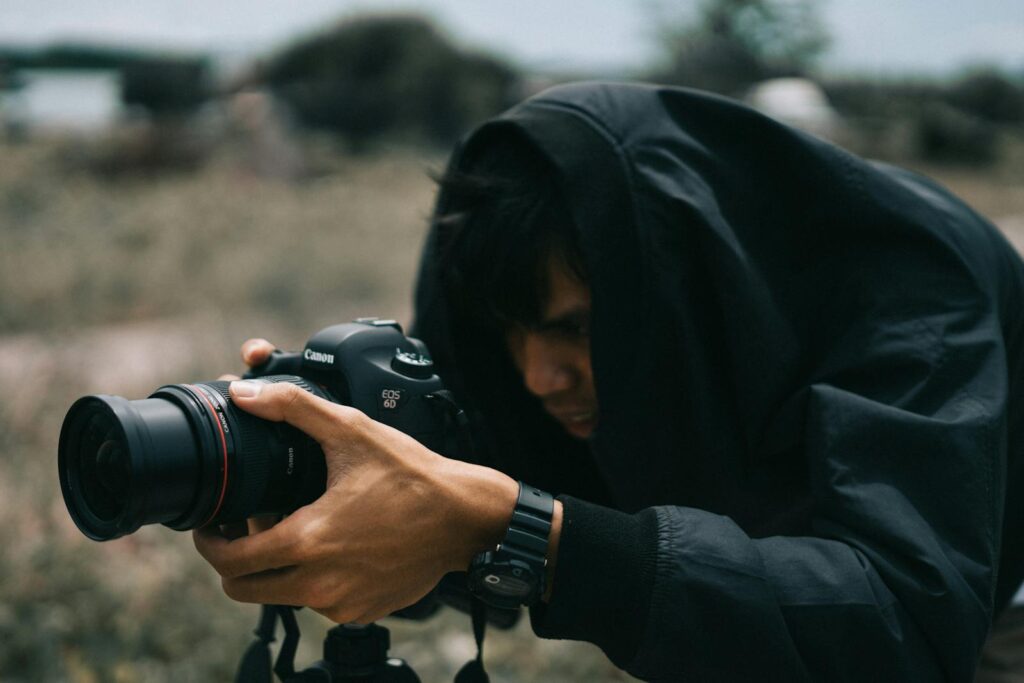
Capturing expansive natural landscapes requires technical approaches that differ from other photography genres. Using a tripod becomes essential for maximum sharpness, particularly when shooting in lower light or when employing techniques like focus stacking for front-to-back sharpness. Understanding hyperfocal distance—focusing at a specific point that maximizes the range of acceptable sharpness from foreground to background—elevates landscape work beyond casual snapshots. Graduated neutral density filters help balance bright skies with darker foregrounds, while polarizing filters reduce glare and increase color saturation, especially when photographing bodies of water or foliage.
Composition becomes particularly important in landscapes, where including strong foreground elements creates depth and scale in otherwise flat scenes.
Wildlife Photography Fundamentals

Photographing animals in their natural habitat combines technical skill with patience and ethical field practices. Long telephoto lenses (300mm and beyond) allow you to maintain a respectful distance while still capturing intimate portraits. Understanding animal behavior through research and observation helps you anticipate movement and expressions, significantly increasing your success rate. Camera settings for wildlife typically prioritize faster shutter speeds (1/1000s or quicker) to freeze action, with continuous autofocus modes tracking moving subjects.
Learning to expose properly for different animal colorations—preserving detail in both dark and light fur or feathers—is essential for professional results. Remember that ethical wildlife photography always prioritizes the subject’s welfare over getting the shot.
Macro Photography in Nature
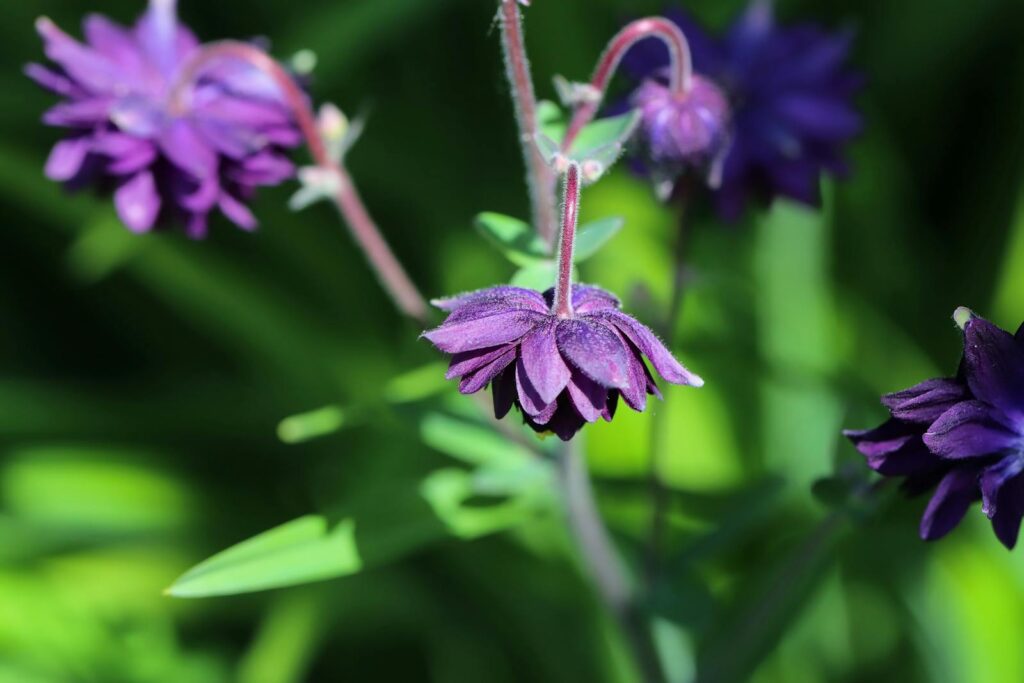
The miniature world of insects, flowers, and textures offers endless creative possibilities through macro photography. Dedicated macro lenses provide 1:1 reproduction ratios, allowing tiny subjects to fill your frame with extraordinary detail. When working with extremely shallow depth of field at close distances, techniques like focus stacking—capturing multiple images at slightly different focus points and combining them later—produce images with unprecedented detail. Flash or artificial lighting often becomes necessary due to the close working distances that can block natural light.
For smartphone photographers, add-on macro lenses or even water droplets can create impressive close-up capabilities without expensive equipment. Patience becomes particularly important in macro work, as slight movements appear dramatically magnified at high reproduction ratios.
Weather and Seasonal Considerations
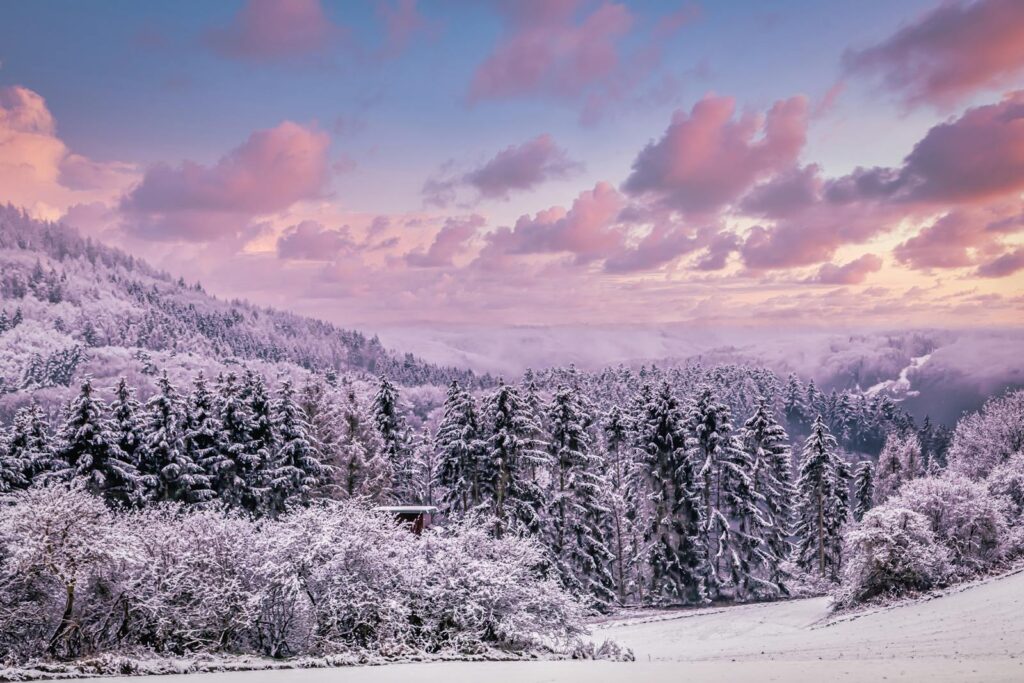
Embracing different weather conditions and seasons expands your nature portfolio beyond fair-weather photography. Fog and mist create atmospheric landscapes with depth and mystery, particularly in forest environments where layers become visible. Stormy skies with dramatic cloud formations add emotional impact to landscape compositions that might appear ordinary under blue skies. Seasonal changes offer repeated opportunities to photograph the same locations throughout the year with completely different results—from spring wildflowers to autumn colors and winter minimalism.
Learning to protect your equipment in adverse conditions through weatherproof covers, silica gel packets, and proper technique extends your shooting opportunities while preserving your investment.
Post-Processing for Natural Results
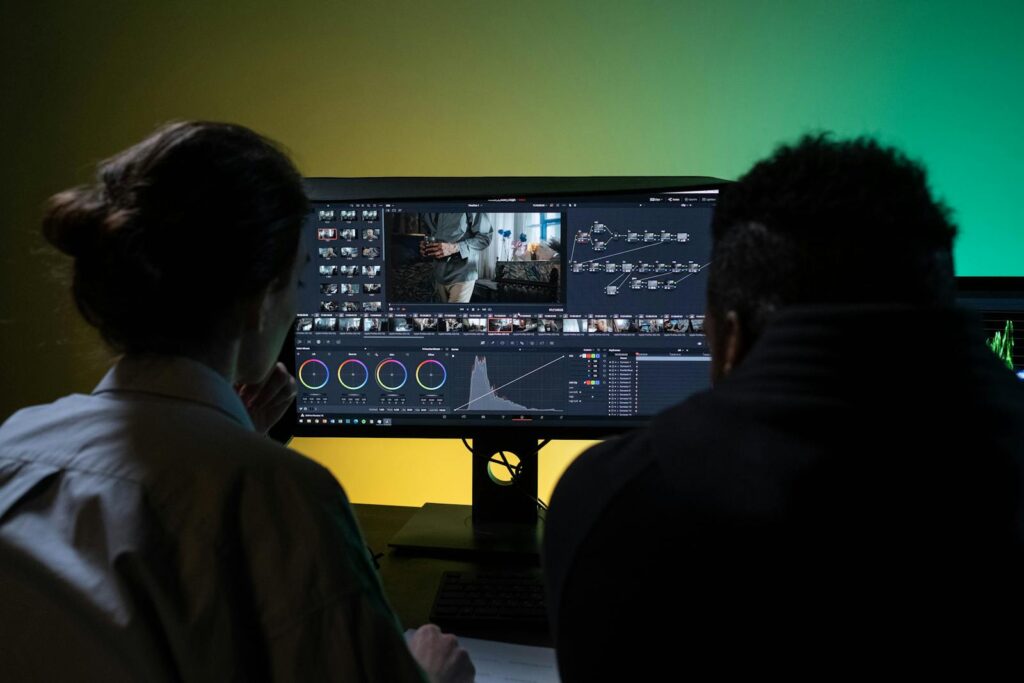
Digital editing plays a crucial role in transforming raw captures into finished nature photographs that match your creative vision. Programs like Adobe Lightroom, Capture One, or smartphone apps like Snapseed provide powerful tools for enhancing images while maintaining natural appearances. For landscape work, subtle adjustments to shadows and highlights help balance exposure across the frame, while selective clarity enhancements bring out texture in specific areas. Wildlife images often benefit from careful sharpening applied only to the subject, with noise reduction preserving detail in darker areas.
Develop a consistent editing workflow that maintains the authenticity of your nature subjects while addressing technical limitations of your original capture.
Building a Supportive Kit for Field Work

Beyond camera equipment, successful nature photography depends on accessories that extend your shooting capabilities and protect your gear. A sturdy tripod represents perhaps the most important investment, providing stability for sharp images in challenging light. Spare batteries, memory cards, and portable power solutions prevent missing opportunities during extended field sessions. Protective rain covers, lens hoods, and quality filters safeguard equipment in variable outdoor conditions. Comfortable camera straps, bags, or technical hiking packs designed for photography equipment make carrying gear for extended periods more manageable.
Consider your specific environment—whether hiking through forests, working near water, or traveling to remote locations—when assembling your kit to balance weight concerns with photographic necessities.
Developing Your Personal Style

As your technical skills develop, focusing on your unique perspective becomes increasingly important for creating standout nature photography. Study accomplished photographers whose work resonates with you, analyzing their compositional choices, lighting approaches, and subject matter preferences. Keep a photographic journal documenting not just technical details but emotional responses to different scenes and subjects. Experiment with projects that explore a single location over time or a particular species throughout seasons to develop depth rather than capturing disconnected “greatest hits.”
Participate in constructive critique groups where feedback helps refine your eye and technical execution. Remember that developing a personal style takes time and emerges naturally from consistent practice rather than forced imitation.
Sharing and Preserving Your Nature Photography
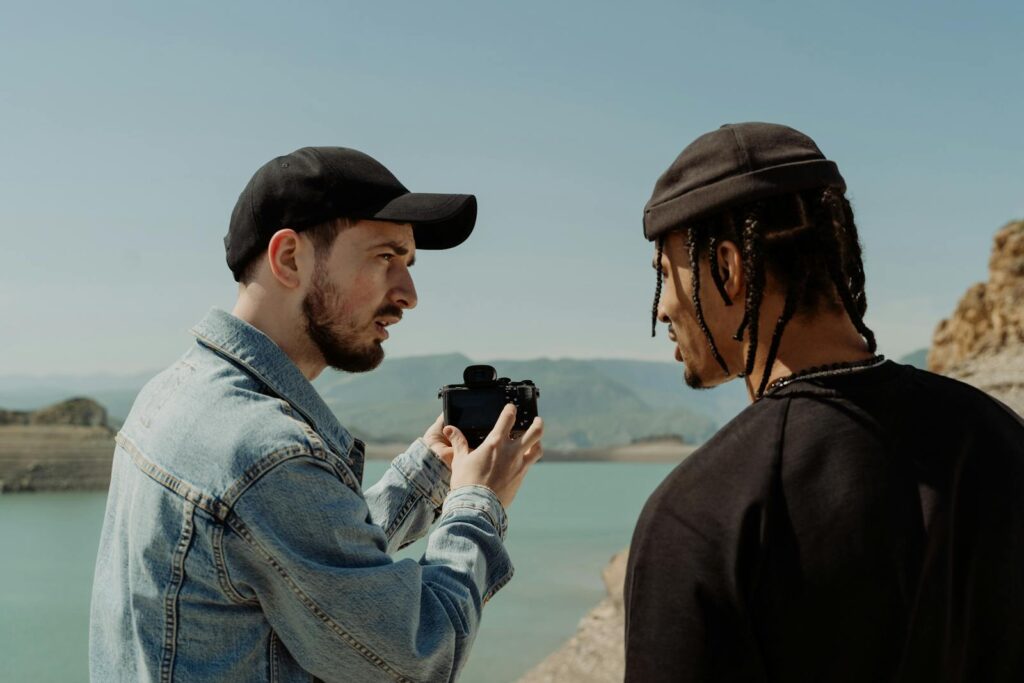
The final stage of the photographic process involves thoughtfully sharing your work with appropriate audiences. Social media platforms provide immediate feedback and community, though understanding each platform’s image compression and optimal posting times maximizes impact. Consider creating a personal portfolio website for presenting your best work at full quality with the context that social media often lacks. For conservation-minded photographers, partnering with environmental organizations can give your images purpose beyond aesthetics.
Properly archiving your work through multiple backup solutions and consistent keywording ensures your nature documentation remains accessible for years to come. When sharing wildlife images, including factual information about species and habitats adds educational value that distinguishes your work.
Conclusion
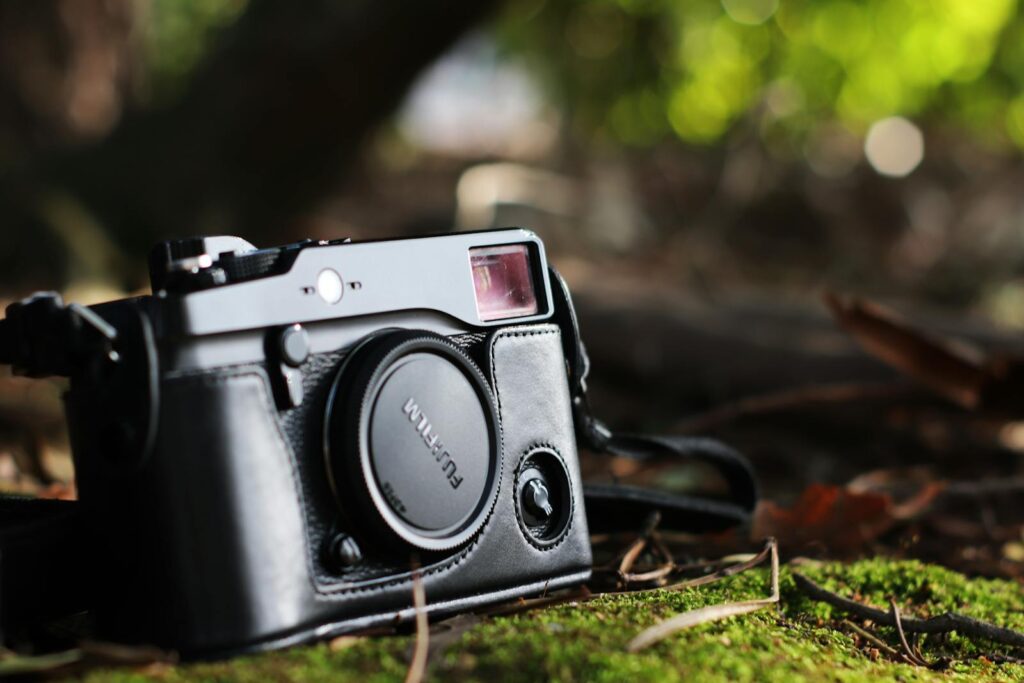
The journey from casual nature snapshots to professional-quality photography doesn’t necessarily require expensive equipment, but rather a thoughtful approach to seeing and capturing the natural world. By mastering the fundamentals of light, composition, and technique with whatever camera you currently own, you’ll develop the creative vision that distinguishes meaningful nature photography. As you progress from smartphone to more advanced equipment, these foundational skills transfer and expand, allowing your technical capabilities to match your artistic intentions.
Most importantly, successful nature photography fosters a deeper connection with the natural world—one that often inspires both photographer and viewer toward greater appreciation and conservation of our precious wild spaces.

